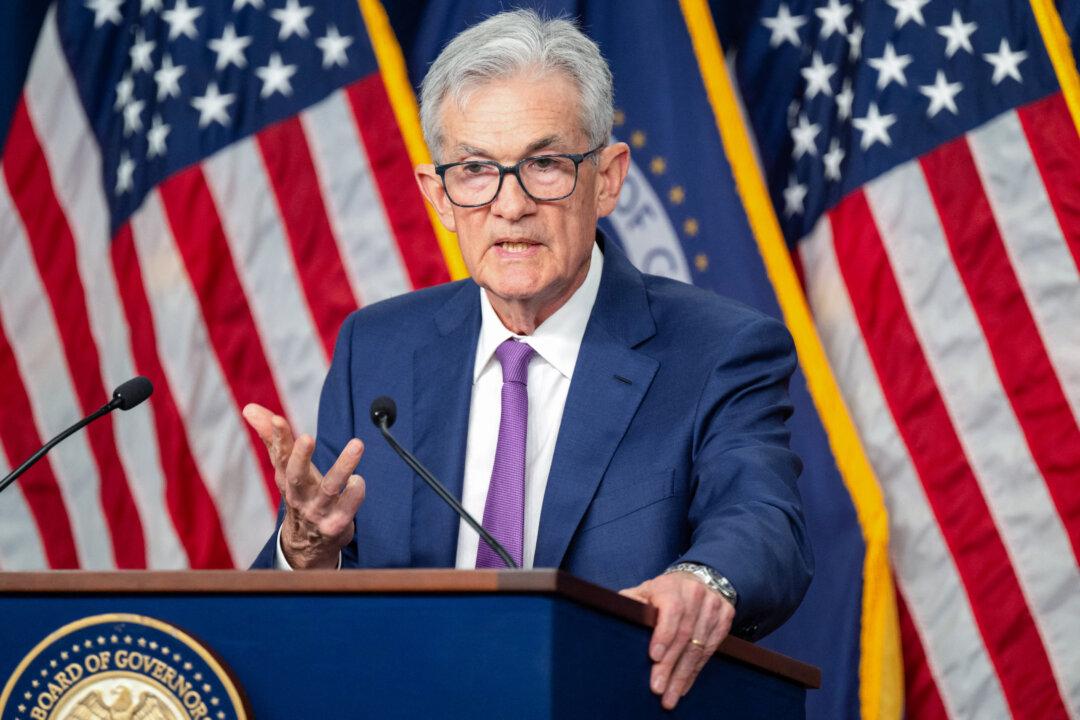Commentary
The Biden administration and the Democratic National Committee took a premature victory lap last week for their purported “victory” to negotiate prescription prices. The fawning corporate media dutifully carried their water, reading off the Democratic National Committee talking points as if they were “news,” in an embarrassing display of how sadly the Fourth Estate in this country has declined.





